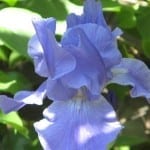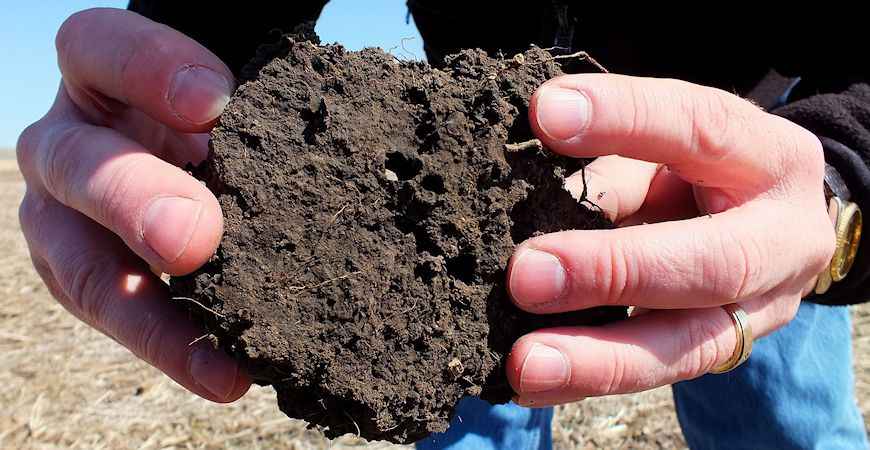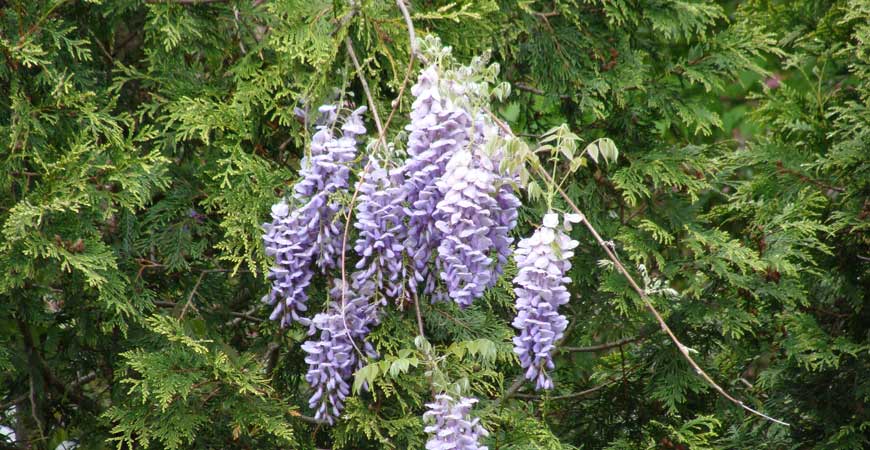
Top Grow & Care Tips for Hyacinths
For a burst of vibrant color and intense fragrance in your garden, consider hyacinth flowers. These perennial bulbs are easy to grow and ideal for fall planting and spring blooms.
To ensure your hyacinth flowers thrive come springtime, check out our planting and care tips below!
Hyacinth Flower Basics
Hyacinth flowers come in an array of pastel colors. Known to many green thumbs as “nature’s perfume,” their scent is reminiscent of fresh spring air — perhaps because that’s when they bloom.
Each hyacinth bulb produces a single stalk that can reach a moderate height of eight to twelve inches. The flowers grow in tight bunches that circle the top of the stalk.
When it comes to hyacinth varieties, you have many to choose from:
- Blue jackets are densely structured with flowers along the purple-blue color range.
- Carnegie hyacinths are a brilliant white color and tend to last longer than other varieties.
- Hollyhock hyacinths are rich red-pink flowers with double blooms.
- Miss saigon flowers are deeply purple and commonly paired with daffodils.
- Grape hyacinth flowers are small and delicate with cerulean blue petals.
True horticulturalists may know that grape hyacinths are technically not the same species as other hyacinths. However, their care instructions are essentially identical, and many refer to both species interchangeably.
Because they tend to be among the first blooms of spring, hyacinth flowers are often grown in front yards. Keep them near your front door or bordering walkways to encourage neighborly jealousy.
They also grow just as well in a garden as in containers. A south-facing window box will provide the necessary sunlight and floral beauty.
A final note for hyacinths: they are toxic to many pets, and you should wear gloves when handling them due to the potential for skin irritation. So, keep them out of reach of dogs, cats, and young children.
However, their toxicity can also offer a benefit. Hyacinths are known to keep squirrels and other potential pests away from your garden.
When to Plant Hyacinth Bulbs
As already mentioned, hyacinths are spring bloomers. So, the ideal time to plant them is in mid to late fall — that is, from late September to early November.
However, there’s some flexibility in these dates.
Generally, you can plant them as early as six to eight weeks before the first fall frost. However, you can also plant them after, as long as you do so before the ground freezes.
A more specific “best planted by” date will depend on the hyacinth flower variety, USDA hardiness zone, and your targeted date for spring blooming. If needed, a local nursery or garden center should be able to provide more precise dates for planting.
How to Plant Hyacinth Bulbs
While hyacinth bulbs can tolerate partial shade, most thrive in areas receiving full sun. As they can easily rot in overly moist soil, avoid areas where water is known to collect.
To best ensure proper root development and nutrient density, loosen the soil before planting and mix in a couple of inches of compost.
Hyacinth bulbs tend to be on the larger end of the size spectrum and require adequate space to thrive. So, plant them around four to five inches deep in the soil with individual bulbs spaced five to six inches apart.
Grape hyacinths can grow a little more densely. They need only a couple of inches between bulbs.
Additionally, as you get further north — such as into USDA hardiness zone 3 — dig an extra inch or two deeper than you normally would. That will help protect the bulbs from surface-level frigidness.
Most gardeners tend to plant between five to nine hyacinth bulbs at a time. While this number is not a requirement, groupings of this size tend to be the best balance between too dense and too sparse.
When planting, keep the pointy end of the bulb pointed up. That end is where the stalk will emerge.
Once planted in the ground, cover with soil and water thoroughly. Adding a layer of mulch, around one to two inches, can help repel weeds and disease.
Hyacinth Bulb Care
Caring for your hyacinth bulbs is pretty straightforward. To coax growth and help them thrive, consider how much water you give them.
Hyacinth flower bulbs do not like overwatering. Avoid standing water and overly moist soil.
Instead, only water if the soil feels dry at a depth of three inches. Even if the soil is dry an inch or two deep, that is enough moisture for the bulbs to grow.
Additionally, watering from overhead with a sprinkler can encourage disease and harm growth. Instead, place your hose next to the plant, turn it on low, and water for about 30 minutes.
The goal is for the moisture to deeply penetrate the ground without leaving any water pooling at the surface level. If you have a larger area, a soaker hose set at low for a few hours will help with deep watering.
While winter tends to be dry, moisture can still arrive in the form of snow, sleet, and rain. If you’re growing your flowers in a container, move them to an area that will protect them from precipitation.
While it’s unnecessary if you plan on using mulch, fertilizer can serve as a growth aid.
Hyacinth Plant Care
Hyacinths are perennial flowers. While they bloom once a year, they will bloom year after year with the right care.
After they’ve finished flowering in spring, remove any blooms. Be sure to keep any leaves or foliage as they’re necessary to collect sunlight and energy for the following year’s blooms.
Near spring’s end, you’ll notice the leaves begin to turn brown and die naturally. When that occurs, then go ahead and remove leaves to help prevent fungal growth and disease.
If you live in a cooler climate, hyacinth bulbs can remain in the soil all year long. In warmer climates where temperatures rarely dip below 60 degrees Fahrenheit, dig up the bulbs in early fall and store them in a cool, dry place for six to eight weeks.
Give Your Garden Vibrance and Fragrance with Hyacinth Flowers
With fall around the corner, now is the time to prepare for planting hyacinth bulbs. Due to their straightforward care that centers around receiving full sun and deep but infrequent watering, they are an ideal flower for any springtime garden.













